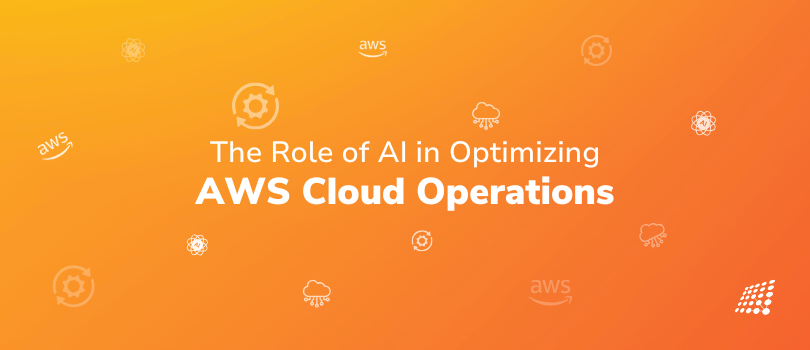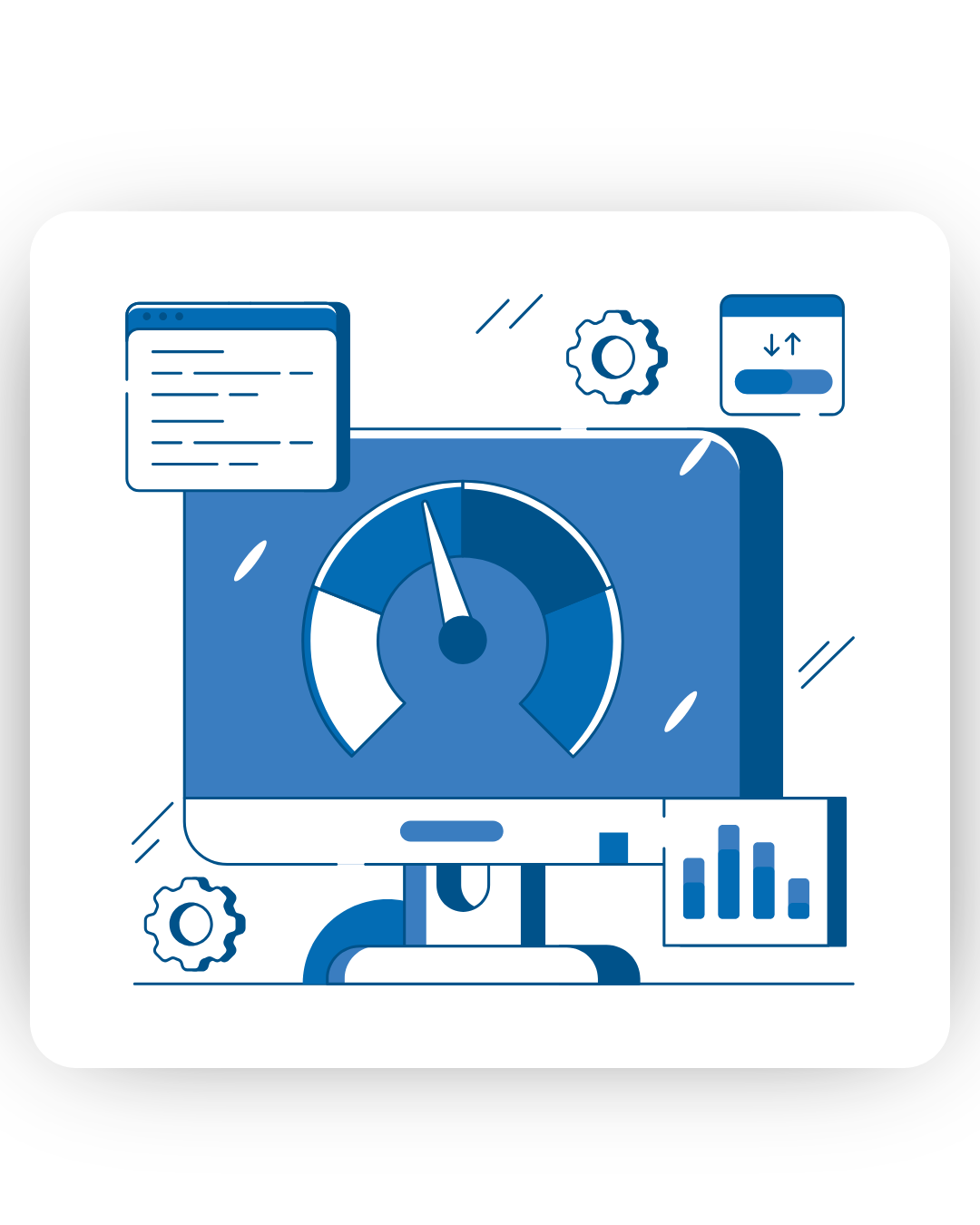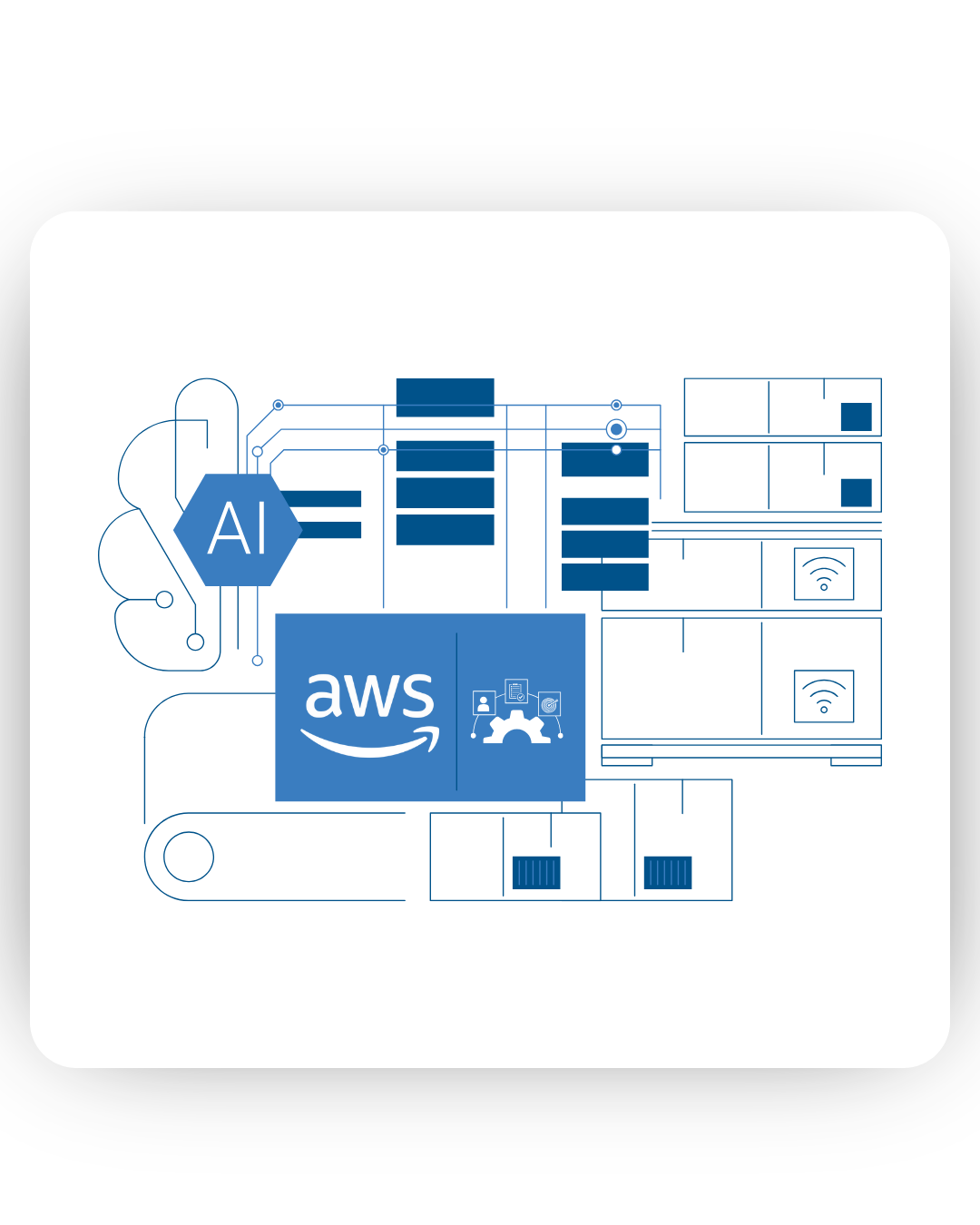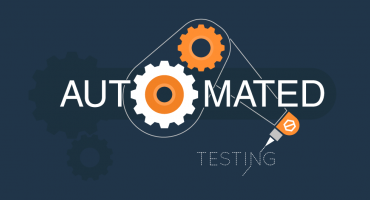The Role of AI in Optimizing AWS Cloud Operations

As AI starts to influence cloud platforms, it’s reshaping our approach to managing cloud expenses. Research indicates that AI tools, especially for the AI AWS cloud practitioner, can help companies trim cloud bills by 15% and 30% by identifying and eliminating wasteful spending. It's all about cutting out unnecessary costs and making spending more efficient.
That said, even with AI on the scene, optimizing AWS cloud operations can still be a bit tricky. There are persistent issues like overspending, security challenges that AI can help address, and the constant need for services to run smoothly. Here’s where understanding AI's role in AWS becomes essential for an AI AWS cloud practitioner. Thankfully, AI is here to help by acting like a smart assistant. It detects problems before they escalate, suggests budget-friendly solutions, and keeps cyber threats at bay. With automation added into the mix, the chances of human error decrease, leading to a more reliable cloud system.
This article explores how AI tackles major operational challenges such as automation, identifying issues, reducing costs, improving security, and ensuring scalability. We're talking about real-world applications, industry-standard tools, and practical strategies. If you're in IT, cloud architecture, or DevOps, keep reading!
Automation: Streamlining Operational Efficiency

Handling cloud resources manually can be draining and prone to mistakes. Here’s how AI-driven automation boosts efficiency, making it easier for the AI AWS cloud practitioner.
- Infrastructure as Code (IaC): AI-powered AWS Systems Manager works with AWS CloudFormation to automate resource provisioning based on workload forecasts. For example, financial firms can automatically deploy EC2 instances during trading surges.
- Patch Management: AWS Systems Manager Patch Manager uses AI to schedule and apply updates across multiple EC2 instances with minimal disruption.
- Workflow Automation: AWS Step Functions, enhanced by AI, optimize data processing and task sequencing to cut down latency and costs.
- Intelligent Operations: Chatbots using Amazon Lex partner with ITSM tools like ServiceNow to automate simple tasks, such as resetting stalled Lambda functions.
Anomaly Detection: Proactive Issue Resolution
Unnoticed issues in cloud setups can lead to downtime or degraded service. AI helps through
- Real-Time Monitoring: Amazon CloudWatch, boosted by machine learning, keeps an eye on metrics across AWS services to catch anomalies like unusual spikes in latency.
- Predictive Maintenance: AWS Trusted Advisor uses AI to predict upcoming issues, like an RDS instance nearing limits, allowing for timely fixes.
- Root Cause Analysis: AWS X-Ray combined with AI tracks problems across services, helping pinpoint issues quickly.
- Customized Detection: Amazon Lookout for Metrics helps companies train AI models to spot anomalies specific to their needs.
Cost Optimization: Maximizing ROI in the Cloud

Uncontrolled spending can undermine AWS benefits. AI offers insights to help organizations optimize expenses, which is crucial for any AI AWS cloud practitioner:
- Resource Rightsizing: AWS Cost Explorer, powered by AI, analyzes usage patterns and recommends cost-saving changes, like adjusting EC2 instance sizes. A media company could save by utilizing Spot Instances for video rendering.
- Idle Resource Management: AI identifies orphaned resources and suggests termination or consolidation to cut waste.
- Cost Forecasting: Amazon Forecast uses machine learning to predict cloud costs based on past data, aiding accurate budget planning.
- Governance and Tagging: AI-powered AWS Budgets ensure proper tagging, improving financial transparency across departments.
Security: Strengthening Cloud Defenses
Securing your AWS environments demands proactive measures, especially in today’s landscape of sophisticated cyber threats. Here’s how AI can help bolster your security, emphasizing its importance for the AI AWS cloud practitioner:
- Threat Intelligence: Amazon GuardDuty leverages AI to sift through VPC Flow Logs, CloudTrail events, and DNS queries. It identifies real-time threats like unauthorized IAM access and crypto-jacking attempts.
- Compliance Monitoring: With AWS Config, AI continuously checks your resources against industry standards (like CIS and PCI DSS). It quickly flags issues, such as unencrypted S3 buckets or exposed security groups.
- Automated Incident Response: Through AWS Security Hub, AI helps prioritize alerts and kickstarts automated responses. This might include isolating compromised EC2 instances or revoking suspicious IAM credentials.
- Data Protection: Amazon Macie uses AI to track S3 access patterns, spotting anomalies that could indicate data exfiltration, like unexpected bulk downloads of sensitive customer information.
Scalability: Enabling Seamless Growth

Dynamic scalability is vital for cloud adoption, ensuring performance under various workloads. AI facilitates this by:
- Dynamic Auto-Scaling: AWS Auto Scaling uses AI to adjust resources based on real-time metrics, allowing businesses to manage traffic spikes without waste.
- Traffic Optimization: AI makes Elastic Load Balancers smarter by distributing traffic efficiently to maintain performance during busy times.
- Capacity Planning: AWS Compute Optimizer assesses historical data to suggest resource configurations for future growth.
- Serverless Efficiency: AI fine-tunes AWS Lambda functions based on usage patterns to ensure cost-effectiveness.
Business Value: Why AI Matters for AWS Operations

AI brings measurable benefits to AWS operations, crucial for any AI AWS cloud practitioner:
- Operational Agility: Automation and insights reduce manual workload, allowing teams to focus on strategy.
- Cost Efficiency: AI ensures organizations get the most out of their investments by aligning spending with priorities.
- Resilience: Early anomaly detection and security measures help minimize downtime.
- Scalability: Organizations can grow without overwhelming complexity, fostering innovation.
AWS tools like SageMaker and Amazon Forecast make advanced AI accessible, even without a deep data science background.
Implementation Considerations
Successfully integrating AI into AWS operations requires attention to:
- Data Governance: High-quality data is key for accurate AI insights. Use CloudWatch and CloudTrail for effective logging.
- Skill Development: Build team skills through AWS Training and Certification programs, especially for the AI AWS cloud practitioner.
- Cost Management: Assess AI service pricing to stay within budget and use AWS Free Tier for initial trials.
- Change Management: Balance automation with human oversight to meet organizational goals.
Actionable Steps for Adoption
To start leveraging AI in AWS, consider these steps:
- Assess Needs: Identify challenges in automation, cost management, security, and scalability.
- Start with Managed Services: Use AWS AI services that require minimal setup.
- Pilot and Scale: Test AI solutions in non-critical environments before expanding to key areas.
- Monitor Performance: Track outcomes with CloudWatch Dashboards to measure cost savings and response times.
- Foster Collaboration: Involve cross-functional teams to align AI projects with business goals.
Future Outlook
AI’s impact on AWS operations is set to grow. New capabilities such as generative AI for automated code optimization and AI-driven recovery strategies promise to enhance operations. By adopting AI now, organizations can create resilient, cost-effective AWS environments and prepare for future challenges.
Conclusion
AI is reshaping AWS cloud operations, tackling vital issues with precision. By automating tasks, spotting anomalies, optimizing costs, enhancing security, and ensuring scalability, AI helps organizations tap into the full potential of their AWS investments. With the right tools and a structured approach, businesses of all sizes can leverage AI to drive excellence and stay competitive in a digital world.
Contact our experienced AWS professionals today to discover how AI can transform your cloud management and drive significant cost savings.

Automated Testing – Top Reasons To Go For It

7 Rules to Follow and Stay Motivated at Work


